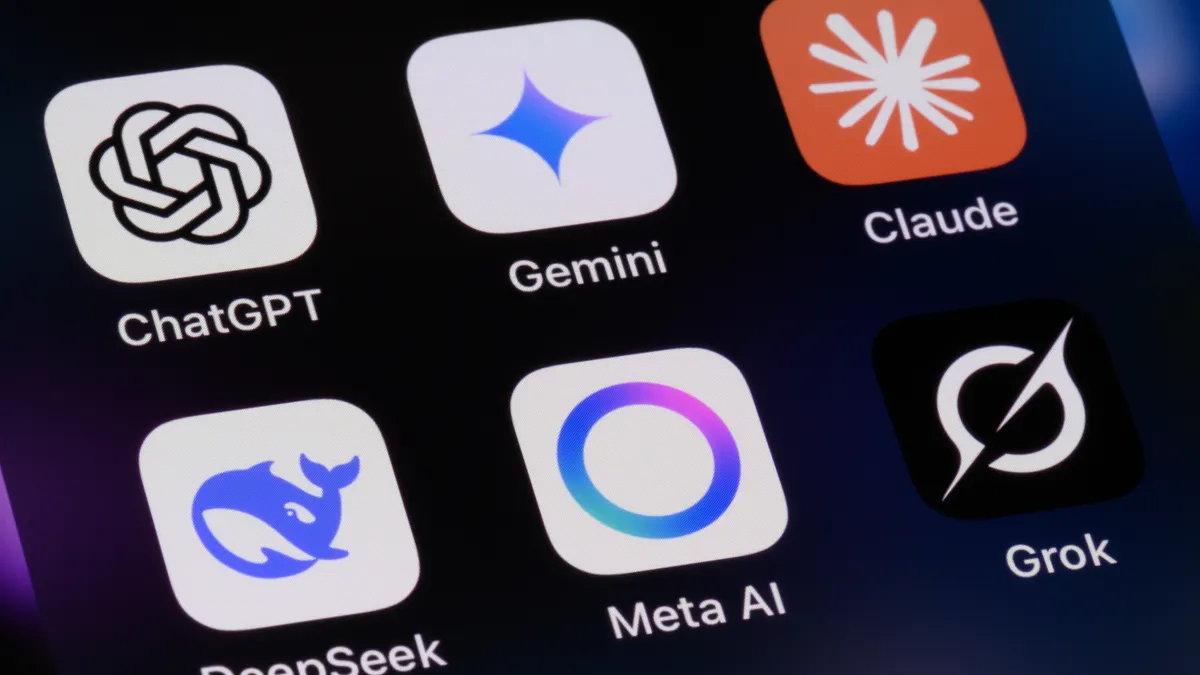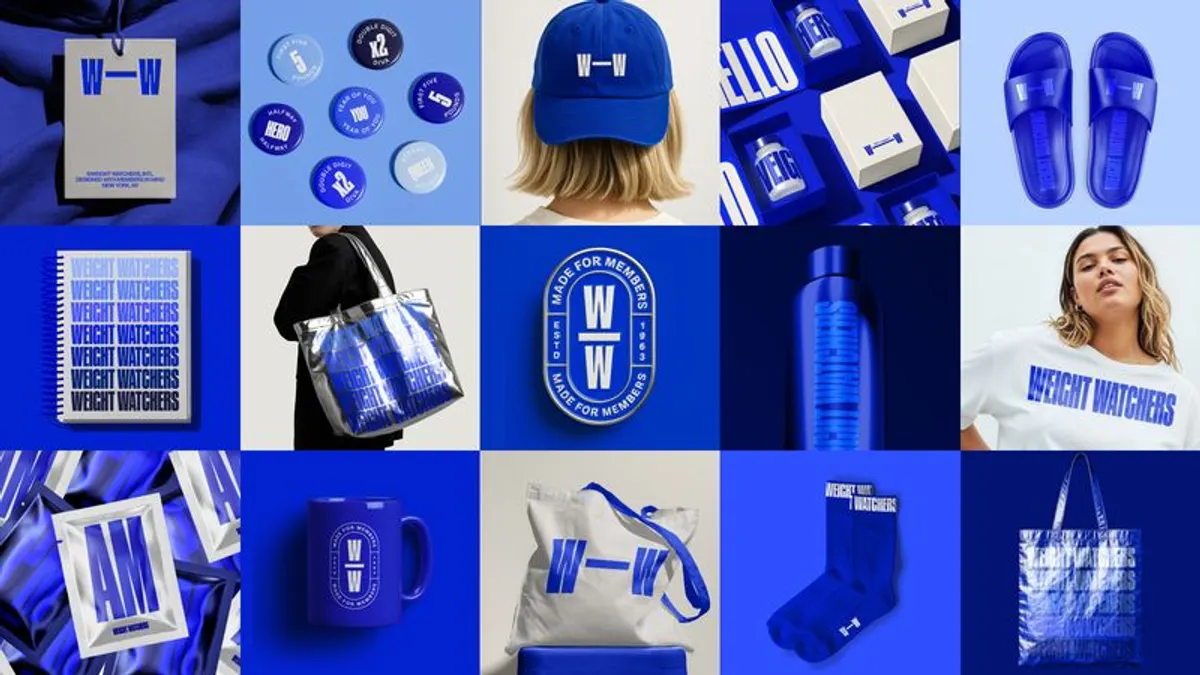A new documentary titled "In the Sun" tackles the subject of skin cancer, looking to dispel myths about sun safety while offering tips for outdoor protection. The 37-minute film, executive-produced by Kerry Washington, debuts on video-on-demand platforms on April 27 and will be submitted for official selection at several film festivals, according to the Ad Age.
Despite the high-gloss finish, "In the Sun" is not a product of Netflix, Hulu or any of the other streamers racing to pump out programming during the coronavirus pandemic, but of Johnson & Johnson's Neutrogena skincare line, which earlier this month revealed an internal content division dedicated to such projects. Experiments like Neutrogena Studios speak to how marketers are working quickly to devise methods of engaging consumers and growing brand trust that step beyond traditional advertising. Tellingly, "In the Sun" is free of any overt branding.
"At a time when you've got platforms that need content, if you can actually transform yourself into a consistent content creator as a brand, that becomes something that can offset the cost of marketing," said Noah Mallin, chief of brand strategy at IMGN Media. "From that standpoint, it's an interesting strategy. Doing it consistently requires a lot of skill."
Neutrogena Studios is just one of several content studios to crop up in recent months. Procter & Gamble has established similar divisions for its Old Spice line of male grooming products and SK-II, a premium skincare brand centered on markets like China. Last November, beer maker Corona launched a Corona Studios arm with a short-form YouTube program called "Free Range Humans." The series marked the first global content franchise from AB InBev, which markets Corona exclusively outside of the U.S.
As these types of content plays proliferate, brands should be cautious to not turn to navel-gazing, a problem that has hampered in-house efforts before. Internal studios should also act as a consistent pillar of marketing rather than a one-off gamble, experts said. Given that, deep-pocketed marketers with room for risk will likely continue to lead the trend, especially as they try to establish more holisitic ecosystems that provide greater control over media bets.
"There has to be a real understanding, whether it's a brand or anybody: What's the value to an audience of this?" Mallin said. "That's a question that's not asked often enough when it comes to advertising, let alone content creation.
"There's always that danger of what you're creating actually has no resonance and it ends up being something where you have to just ... eat the investment or pay to create metrics that make it look successful," Mallin added.
What's old is new
Internal content studios aren't a new concept, nor is the idea of brands producing glossy, long-form video. Just a few years ago, Marriott scored consumer attention and industry accolades for a "Two Bellman" series that parodied action blockbuster tropes. The short films, which typically ran over a half-hour, were created by the hotel chain's internal Content Studio.
"There has to be a real understanding, whether it's a brand or anybody: What's the value to an audience of this?"

Noah Mallin
Chief of brand strategy, IMGN Media
Going back further, TV programs like "The Love Boat" were once defined by deep brand integrations that share DNA with newfangled approaches to content marketing, per Mallin.
"There is an element to this that is 'everything old is new again,'" Mallin said. "Not to sound cynical, it's just being reinvented for digital, in some cases digital streaming platforms and that world."
The digital media landscape has indeed changed significantly in the wake of the pandemic, with more people driven to streamers and social media apps like TikTok and away from ad-supported linear offerings. Amid the digital migration, marketers are grappling with the deprecation of the third-party cookie, a bedrock online ad-targeting tool, and Apple making its mobile Identifier for Advertisers an opt-in feature, a policy tweak expected to seriously dent platform revenue.
"Some of the changes to iOS that Apple's put in place are going to make it harder to target consumers and understand exactly who you're reaching," Mallin said. "That doesn't mean that brands are going to stop doing advertising to reach consumers online; what it does mean is kind of a fall back on fundamentals, which is reaching large consumers with stories that resonate across many different types of content instead of trying to microtarget it."
There's also a sense among some analysts that COVID-19, with its on-the-fly production demands, woke many marketers up to the fact that they could actually handle the demands of a content studio themselves rather than rely on external partners. In-housing, in general, has picked up since last March, with content creation a focus. More than half (57%) of surveyed multinational marketers have established some form of in-house creative agency, a September report from the World Federation of Advertisers and The Observatory International found, and 94% of those units have capabilities around digital content.
"For those organizations that had the technology in place and some semblance of a process to develop the content, they were able to respond faster, and the technology really facilitated that," said Nicole Greene, a senior director analyst at Gartner. "[The pandemic] almost encouraged, in a lot of ways, these teams to be more cross-functional and more agile."
Bifurcated approach
Content marketing has historically sat at the top of the marketing funnel, helping to drive awareness and buzz for a brand. In the case of something like "Two Bellmen," it can also be a bid to win awards at shows including Cannes Lions. While branded content's utility as a direct data acquisition vehicle isn't realistic in many cases, progressive marketers are now using the channel as a stepping stone toward data-minded goals.
"It doesn't need to be kitschy or fun or humorous; it needs to help people along their journey," Greene said of content marketing. "If you're actually creating content to meet an objective, and you're able to repurpose those assets in measurable combinations, then you're moving people on that journey to have a more data-based approach to your content marketing. I think that's what organizations are striving for."
Many brands are now taking what Mallin described as a bifurcated approach to content, directing their investments toward either high-touch, expensive media or low-touch, programmatic plays. P&G, a champion of in-housing, stands as an example of this trend. The CPG giant has espoused frequently on a future free of traditional advertising and where all ads feature some sort of programmatic or digital component. On the other hand, the owner of Tide, Old Spice and Charmin continues to command headlines for its purpose-driven work around areas like social justice and sustainability, some of which is unbranded.
P&G is also embracing an omnichannel approach to content development. In March, Old Spice opened a barbershop in Columbus, Ohio, that doubles as a digital content studio and product development lab. A roster of celebrity barbers and their clientele, including actors, athletes and musicians, produce digital and social media content for the brand and guide interactive experiences for customers.
"We are seeing [brands] use content in more of a continuum in advertising, all the way through to organic and kind of feeding each other," Greene said."If you look at the content in that way and effectively think about how one piece of content or campaign could service a broader effort across the organization, there's a bit more longevity to that investment."
Sobering up
Moving back to the model first laid down by "The Love Boat" could also be a recognition that some of the promise of digital marketing hasn't panned out as expected, according to Mallin. Even a few years ago, CMOs spoke often about digital's microtargeting capabilities and touted the eventual realization of mass one-to-one personalization. Those ambitions haven't come to fruition in a meaningful way, and it's also not clear how receptive consumers would be to such messaging strategies as privacy concerns climb.
"There's a little bit of a sobering-up that's happening," Mallin said. "Even leaving aside the changes in iOS and the other [identifiers] that are happening, chasing that dragon has started to become harder than it was worth doing in terms of the expense and ability to do it at scale."
If rolls of the dice like Neutrogena's "In the Sun" hit their marks, brands have the chance to forward their business goals while providing content-hungry consumers with real entertainment or informational value. Keeping the game up will only be a more critical factor in that scenario. Consumers ultimately face no shortage of viewing options — even high-caliber Hollywood efforts get lost in the streaming glut — meaning that a more targeted approach is required, particularly as brands aim to wring greater utility and longevity out of their content marketing.
"The only problem is you can't go back," Greene said. "Once these content expectations are set — once you've developed this new dynamic creative — you're going to have to keep doing it, even as things open up."





















